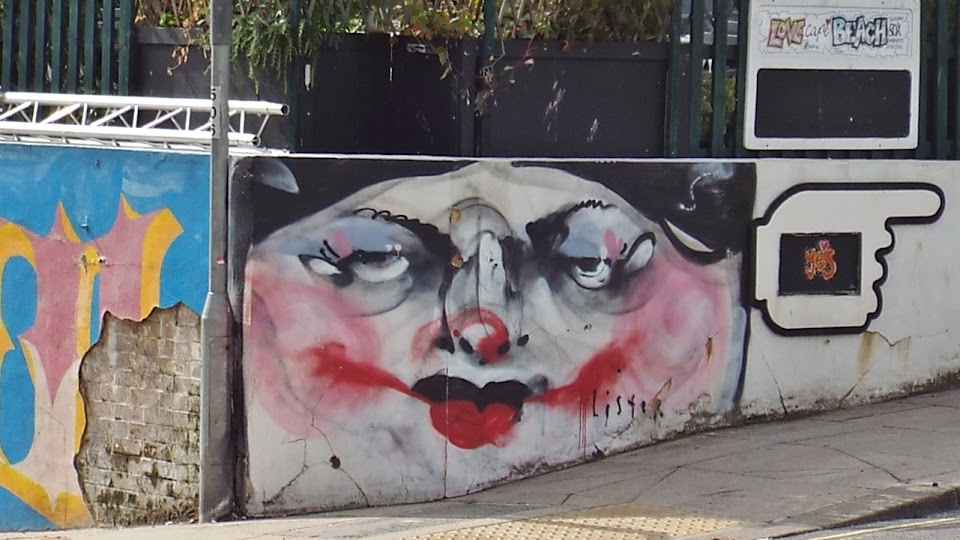Born
on 30th April 1903 in New York, painter Hazel was the youngest of
three daughters of Benjamin Guggenheim and Florette Seligman Guggenheim. Their
wealth couldn’t buy freedom from virulent anti-Semitism, the Guggenheim sisters
endured a restricted and claustrophobic childhood in the small social circle of
super-wealthy New York Jewish families. Both Hazel and her sister Peggy
rebelled and moved to Europe in the 1920’s. This was the start of an itinerant
life for Hazel, during which she married six times. She lived mainly in England and France from the early 20’s to
the 1960’s and from the 1930’s she became friends with principal members of the
European avant-garde, whose work she purchased. She spent her later years back in the
USA.
Hazel
had begun to paint in her teens and was no dilettante. She received tuition
from Rowland Suddaby, Raymond Coxon and Edna Ginesi and with them became
associated with the London Group and the Euston Road School. She first
exhibited her work with them during the 1930’s, under her married name Hazel King Farlow. Hazel’s earlier work from this
period includes still-life, townscapes and landscapes carefully painted with a
slightly plain palette, somewhat reminiscent of the Parisian artist Utrillo.
Later in the thirties her paintings brightened, becoming more like those of her
teacher, Suddaby. Her first solo exhibition was at the Cooling Galleries in
April 1937. She sold or donated some of her work to public art galleries and
her pictures are still held in the municipal collections of several English
cities including Wakefield, Manchester and Leeds.
.jpg)


